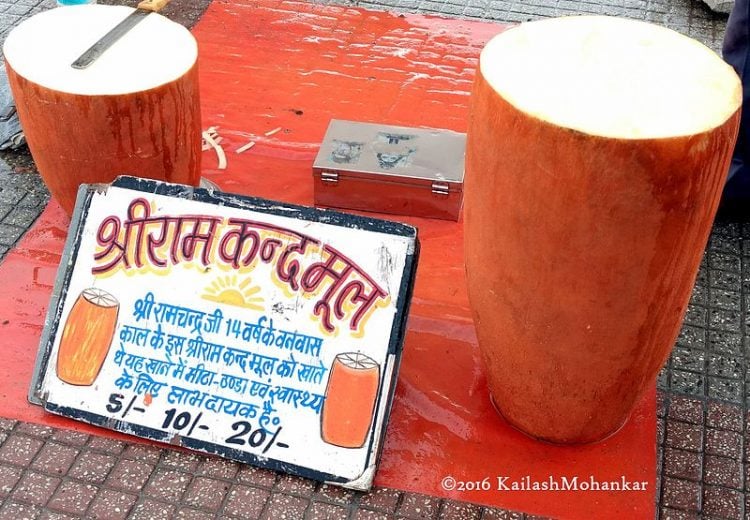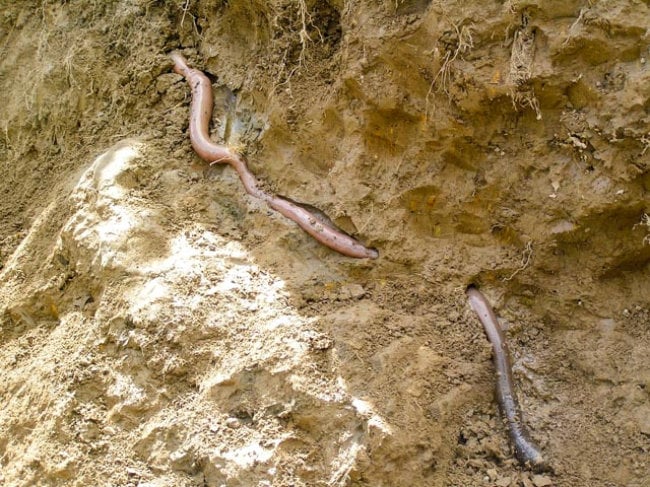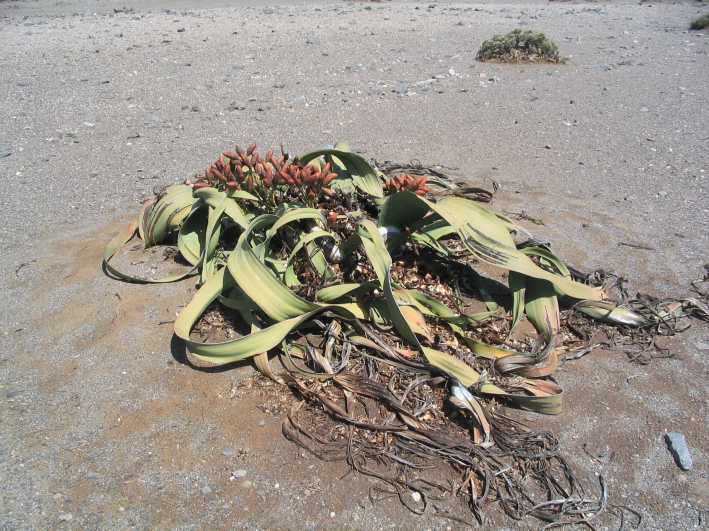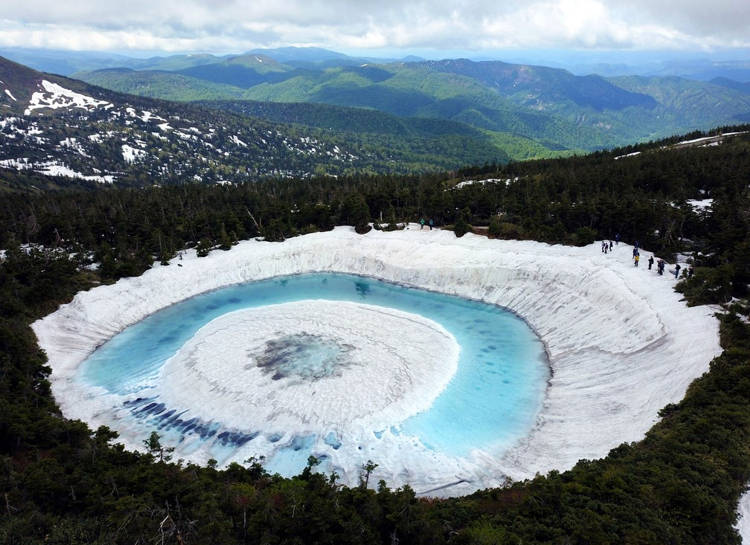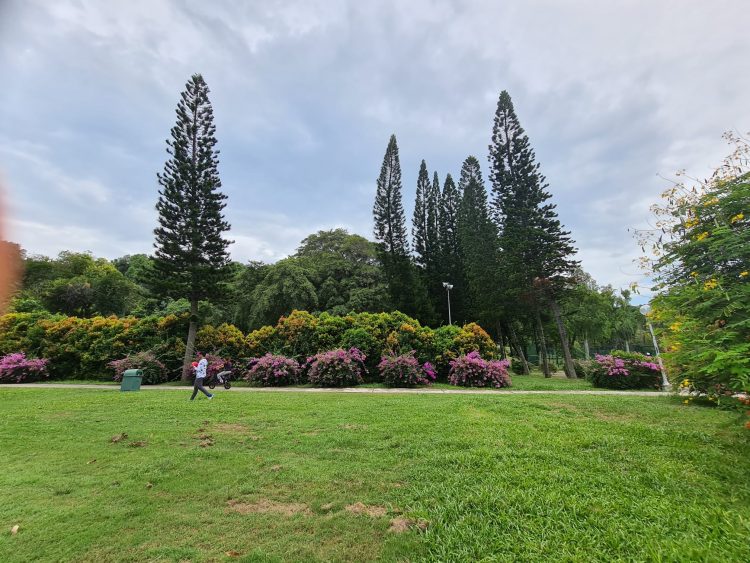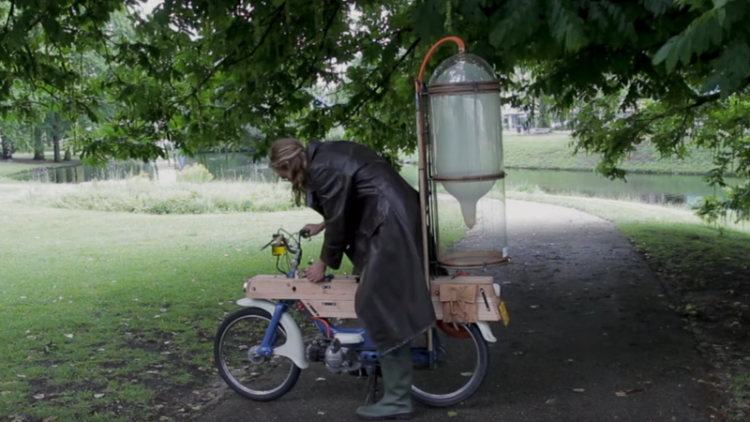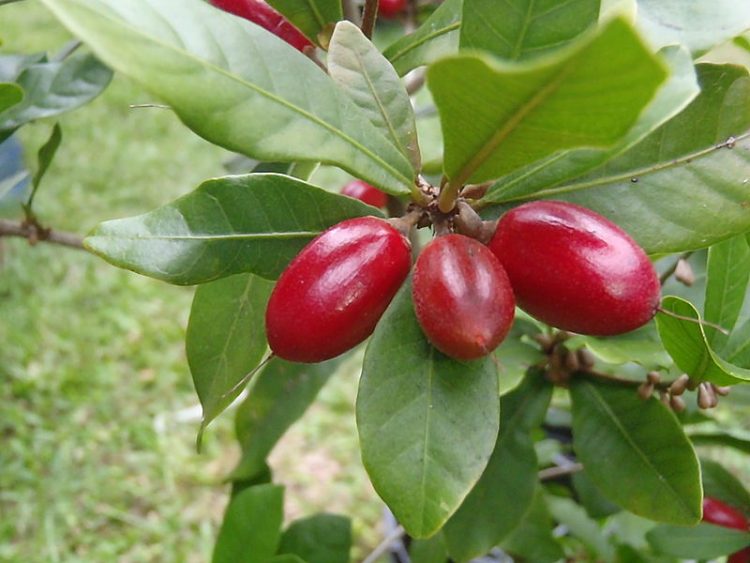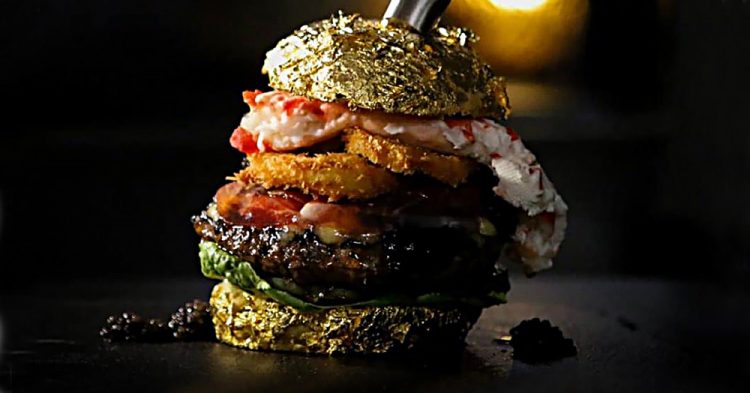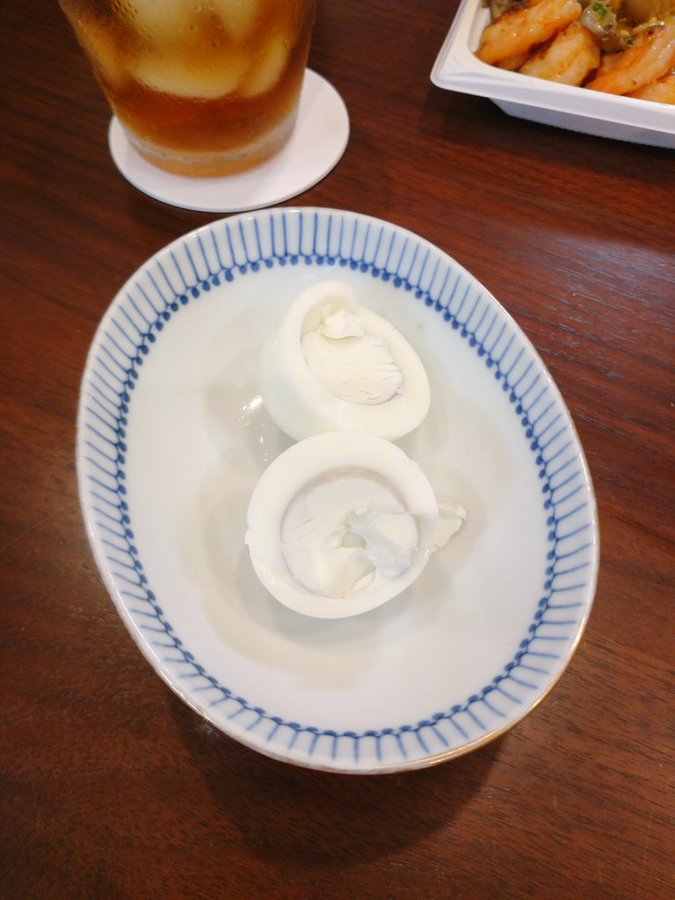Imagine enjoying a hot cup of java or your favorite soft drink in the middle of a pond filled with beautiful koi fish that you can actually hand-feed and you get an idea of what Vietnam’s koi fish cafes are like.
When it comes to fish-themed cafes, Ho Chi Minh City has a leg up on pretty much every other city in the world. Back in 2018 we featured Amix Coffee, a flooded cafe that allowed patrons to enjoy their favorite drinks with dozens of small fish literally at their feet, but this was apparently not the only cool fish-themed venue in town. In fact, the bustling metropolis apparently has about a dozen cafes that double as koi ponds, where the popular fish swim among patrons.


